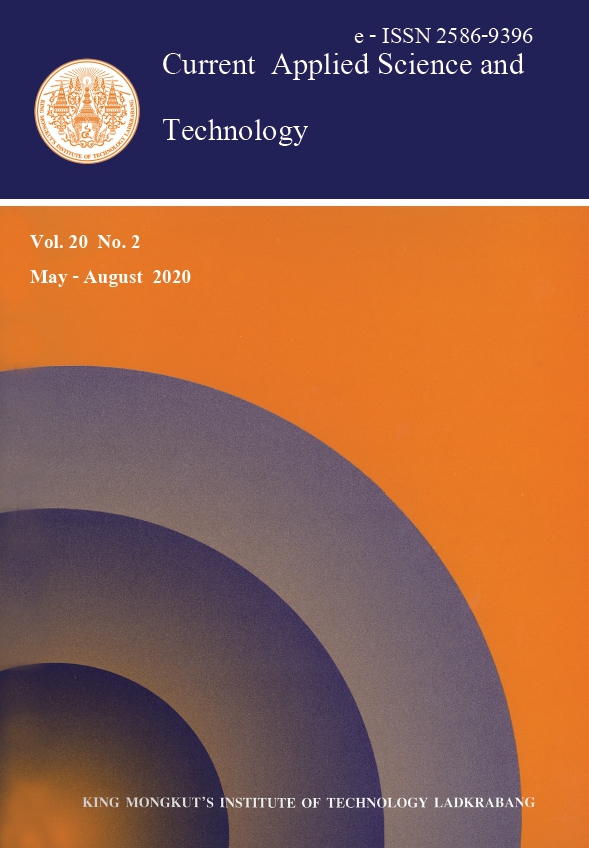In the process of production of chicken poultry meat for human consumption, the discarded feather is a solid waste management problem worldwide. There are also millions of tons of feather waste every year from the poultry meat industry in Ethiopia. In general, from this waste feather, keratin constitutes to about 91% which could be augmented for further value-added products such as basic nutrient, medical substance and fertilizer. Hence, this present research is carried out to optimize the extraction and characterization of keratin protein from the waste chicken feather. Keratin extraction using Na2S as a reducing agent was studied by response surface methodology using the Box-Behnken method. This data analysis is applied for the keratin extraction process to study the effect of the most significant factors such as reducing agent concentration, extraction time and mixing ratio. Applying response surface methodology, a maximum yield of keratin reached 75.39% at sodium sulfide concentration of 0.43 M, extraction time of 5.43 h and mixing ratio of 26.65 g/l. Keratin protein product was characterized using Fourier Transform Infrared spectroscopy (FTIR), UV-Visible spectroscopy, scanning electron microscopy (SEM), and X-Ray Diffraction (XRD). The analysis by FTIR confirmed the presence of chemical compositions such as carboxyl acid and amino groups in the protein samples. The surface morphology studied by scanning electron microscopy analysis showed the formation of porosity and aggregate which were expected on the powder of keratin. Structural studies carried out by X-ray diffraction suggest that sodium sulfide stabilized the β-sheet structure of the protein.
Keywords: chicken feather; keratin protein; sodium sulfide; RSM-BBD
*Corresponding author: Tel.: +25 191 321 7366
Email: hadtess2009@gmail.com
Welu, K. T. ., Beyan, S. M. ., Balakrishnan, S. ., & Admassu*, H. . (2020). Chicken Feathers Based Keratin Extraction Process Data Analysis Using Response Surface - Box-Behnken Design Method and Characterization of Keratin Product. CURRENT APPLIED SCIENCE AND TECHNOLOGY, 163-177.
